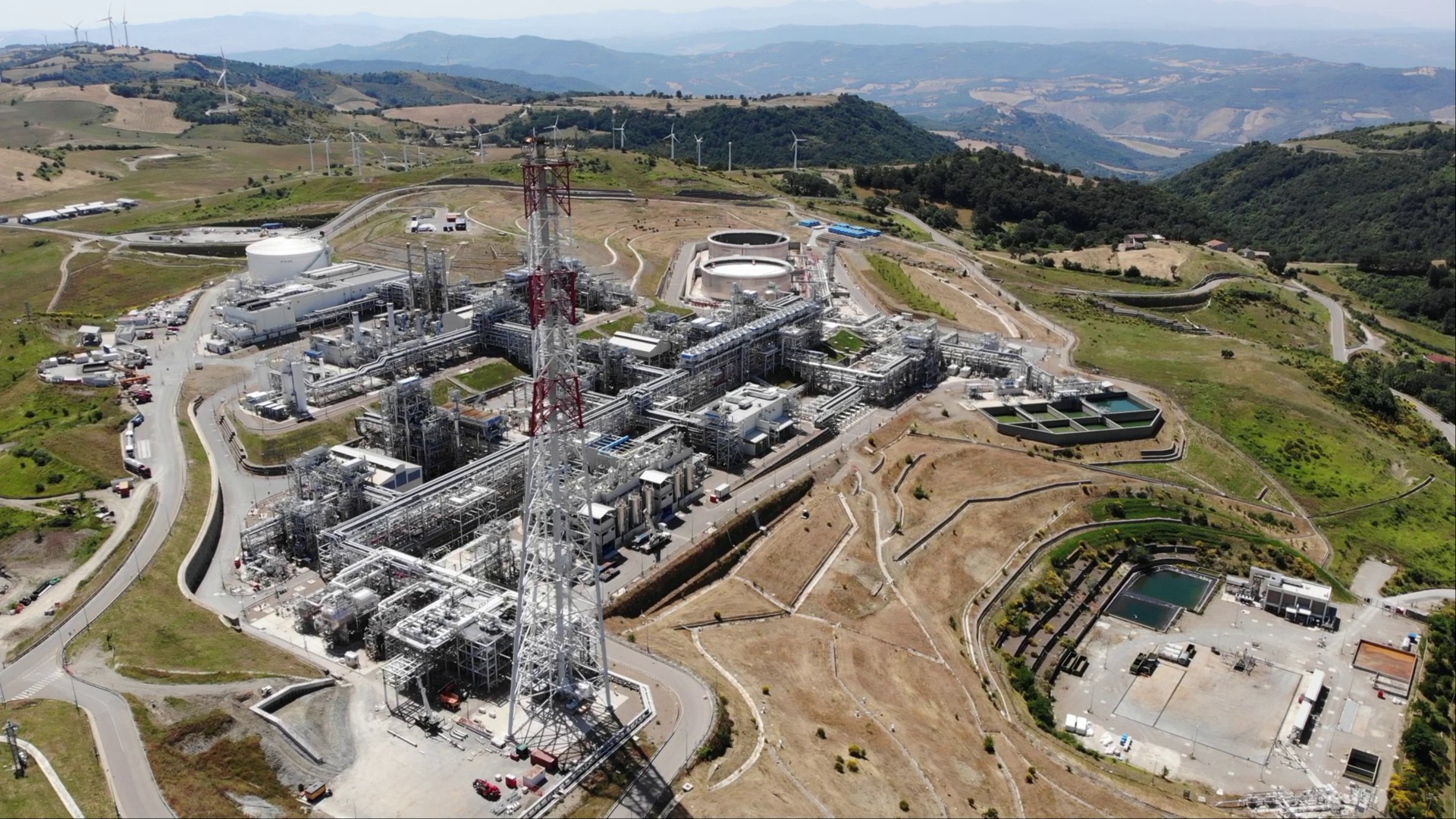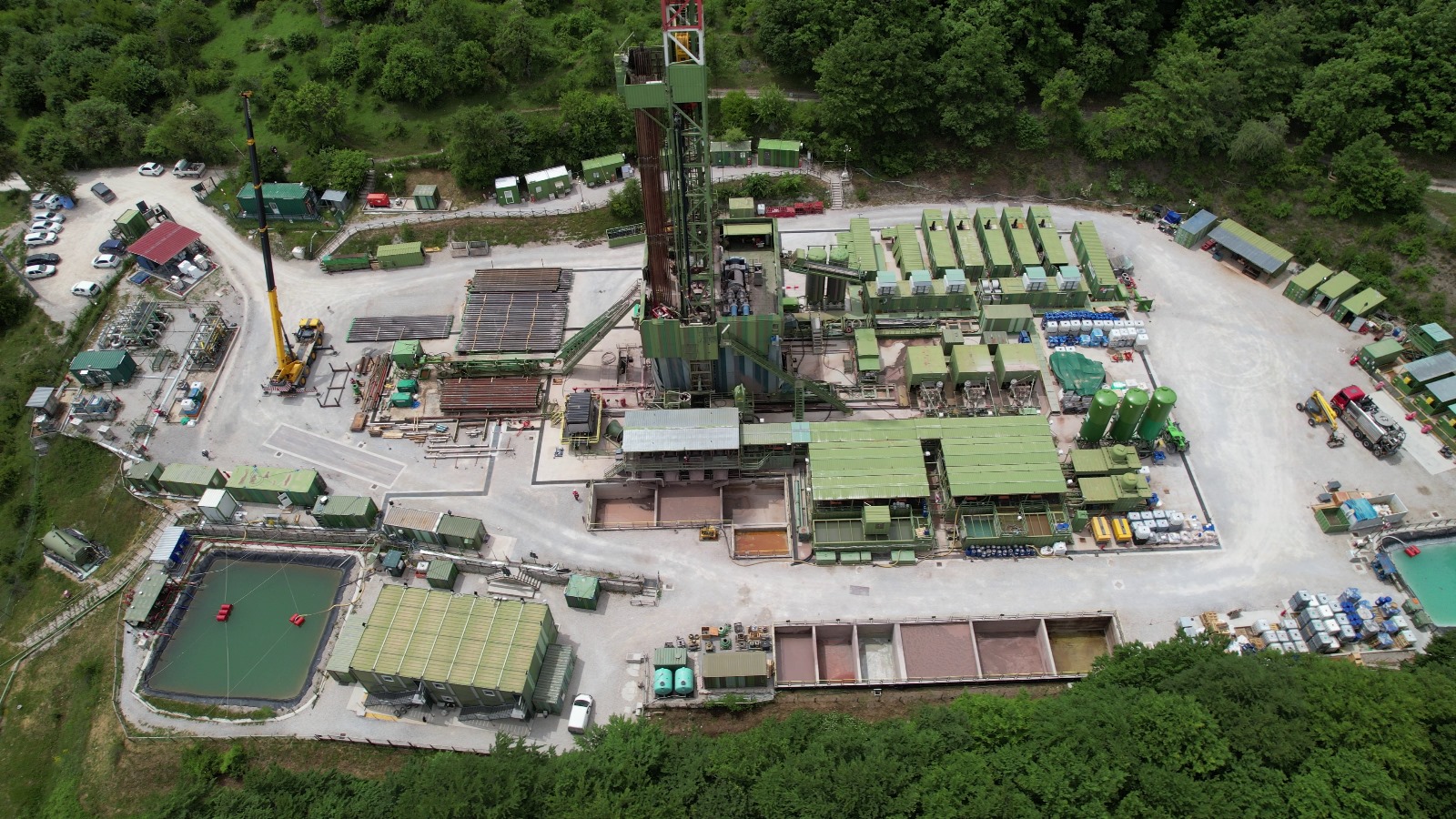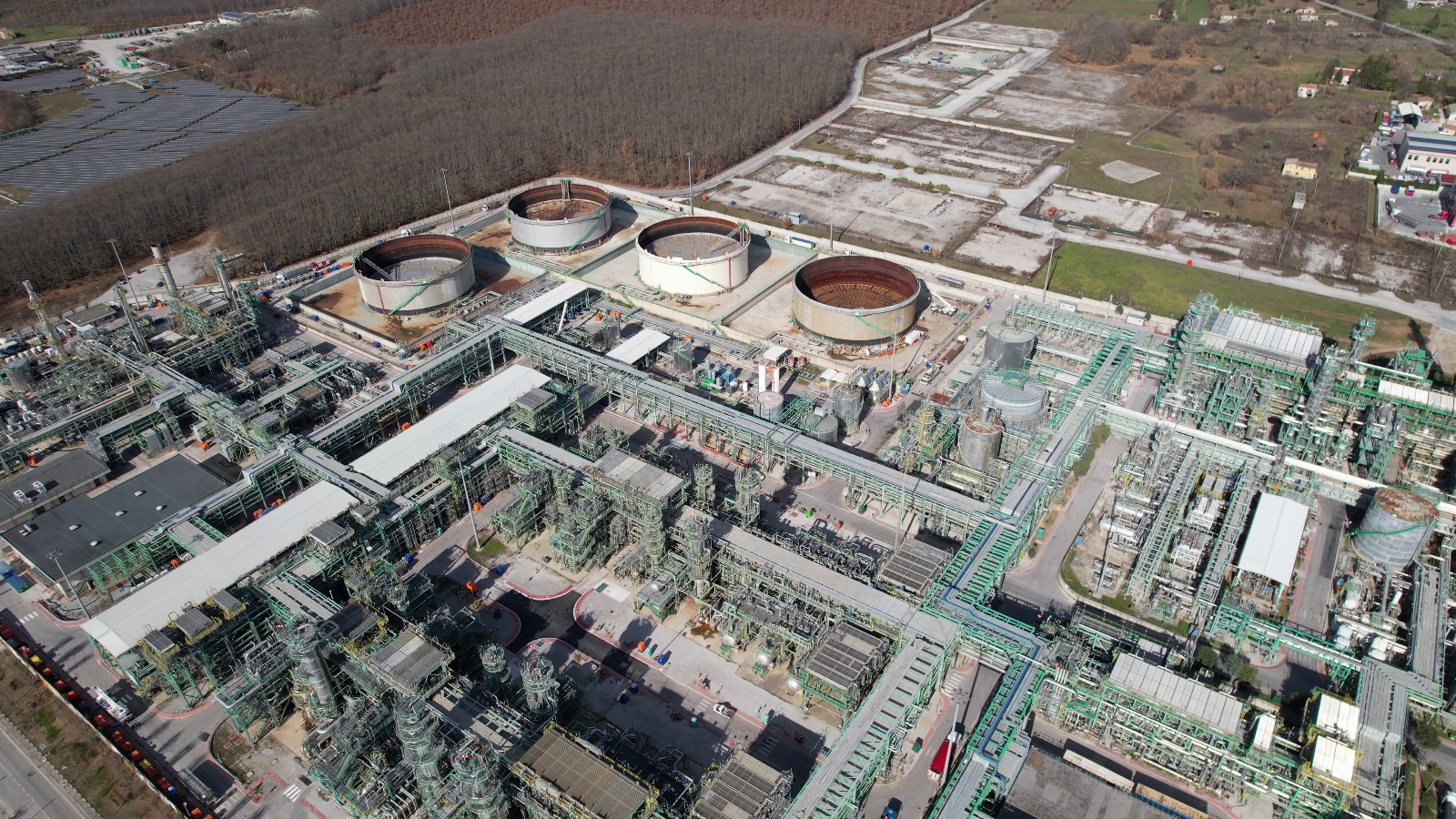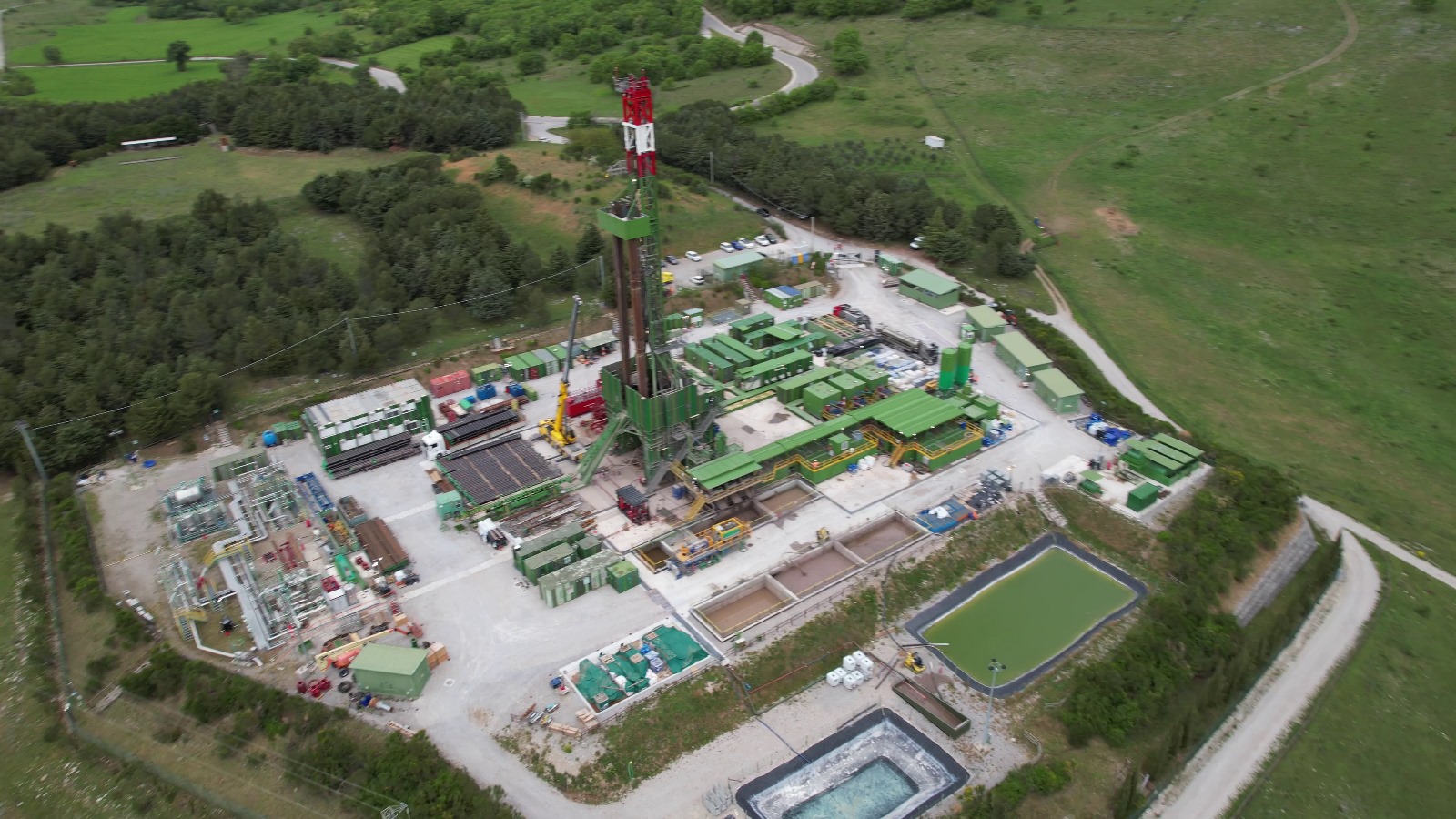Economic importance of Basilicata’s oil fields: Tempa Rossa and Val d’Agri
The oil fields of Basilicata, located in southern Italy, are the largest and most productive onshore in Europe, supplying around 10% of Italy’s national oil and gas needs. Over the past decade, oil production has played a pivotal role in the region’s economy, significantly contributing to its GDP and providing vital funding for local authorities. In the last 20 years, the region and its municipalities have collected over €2 billion in royalties. However, despite these financial gains, Basilicata, with a population of 570,000, continues to face high levels of poverty, depopulation, and declining birth rates.
Despite political promises, the benefits of distributed work in the oil industry have not curbed the region’s depopulation. The oil sector employs fewer than 8,000 people locally, primarily in precarious, low-skilled, and risky jobs, contributing limited added value to the local workforce. Current oil production levels are around 85,000 barrels per day, supported by approximately 30 operational wells, with more wells undergoing maintenance or awaiting reactivation. The oil extracted is processed at two regional centers before being transported via pipeline to Taranto for refining and shipping.
However, alongside its economic contributions, oil production has raised significant environmental concerns. Key pollutants, including sulfur dioxide (SO₂), hydrogen sulfide (H₂S), nitrogen oxides (NOx), benzene, and various hydrocarbons, are released into the air. The contamination of groundwater with heavy metals and hydrocarbons is also a serious issue. Some harmful substances, such as barium and non-methane hydrocarbons, remain unregulated by local authorities.
Health impacts ignored: local communities turn to citizen science for action
A comprehensive epidemiological study conducted by the National Research Council (CNR) of Pisa, which focused on the health impacts in the municipalities of Viggiano and Grumento Nova in Val d’Agri, highlighted a particularly harmful effect of gas emissions on women’s health. The full report from CNR can be accessed here in italian. Despite these findings, the study was not renewed, and there is little political will to address the environmental and health risks posed by the oil industry.
In response to the lack of action from institutions, local communities have turned to citizen science and open-source intelligence to raise awareness and advocate for change. By empowering residents with information, these grassroots efforts aim to hold authorities accountable and push for greater transparency and regulation of the oil sector’s environmental impact.







